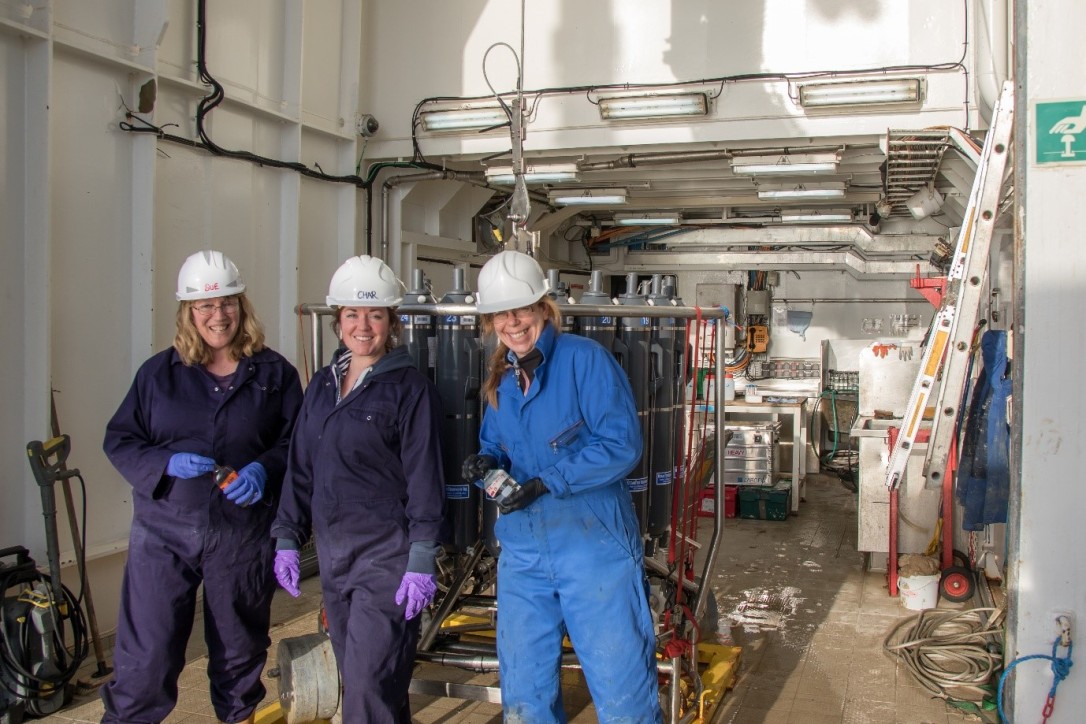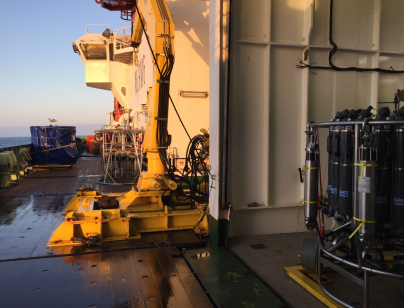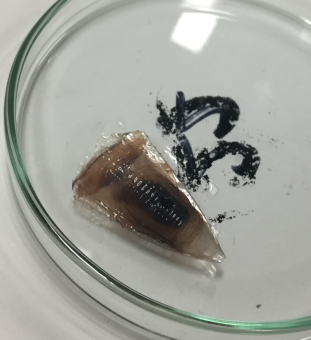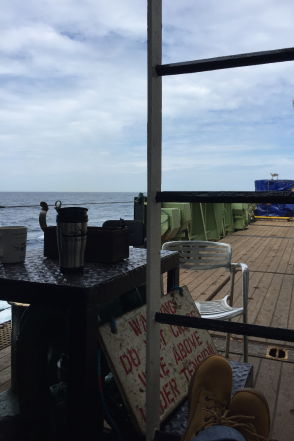Written by Sue Hartman.
The amount of biologically active dissolved gases in the surface ocean, such as oxygen and carbon dioxide, changes throughout the year. This seasonal change is influenced by temperature and the growth of plankton. The sensors that we have deployed track changes in all of these variables along with changes in the nutrients that influence the plankton growth.
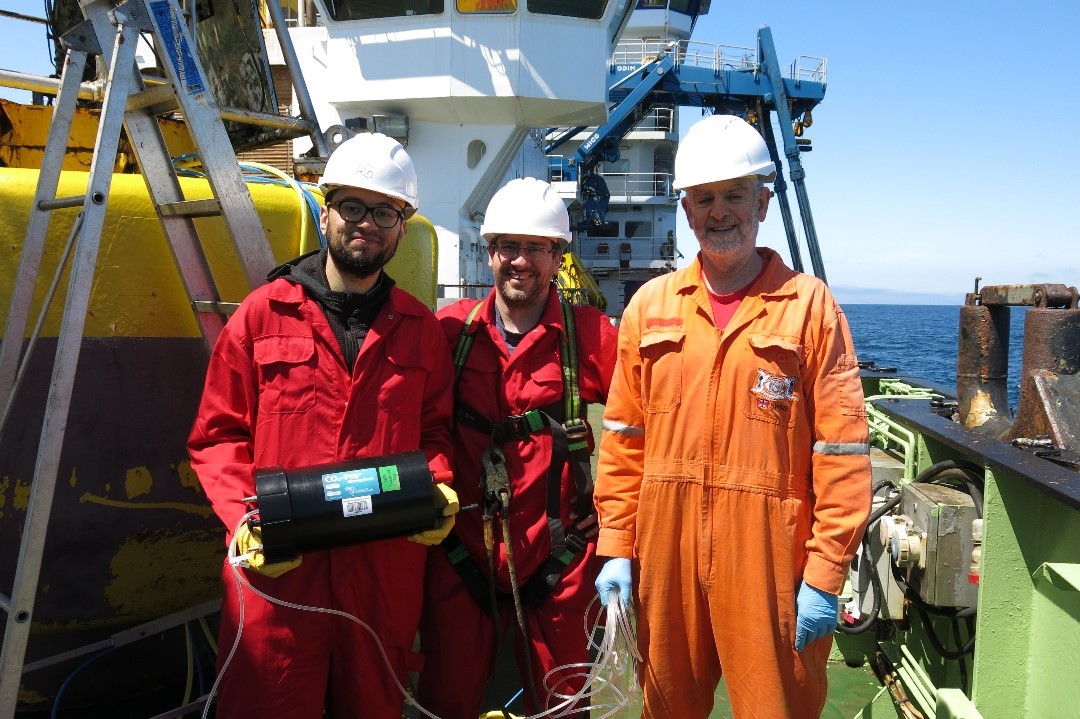
We now have a long time series of measurements and can see both the seasonal and year to year variations. Examples of the data are on the PAP website www.noc.ac.uk/pap/data. The cold, productive waters of the North Atlantic are especially interesting to study changes in carbon dioxide; this area is a sink for this important greenhouse gas. Whilst this oceanic sink may reduce the atmospheric carbon dioxide the water acidity is increasing and this can have harmful effects on some species. A process very similar to adding dissolved carbon dioxide to water to make soda water. We can track the increase in ocean acidification (a decrease in pH) through direct measurements of pH as well as measuring carbon dioxide.
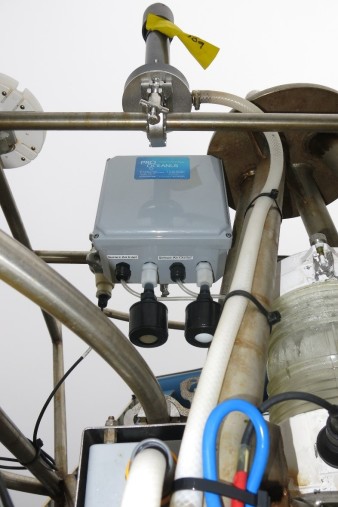
The data will be calibrated using the bottle samples – once they have been measured back at NOC. Each year we collect bottle samples to full ocean depth to give us profiles of oxygen, nutrients, carbon dioxide and pH. All of these measurements are used to monitor the influence of ocean acidification at depth and to consider changes in relation to the longer time series. Currently we are also setting up an underway system to measure carbon dioxide, temperature, salinity and oxygen with the sensors that we have on board to compare with the ships underway systems.
